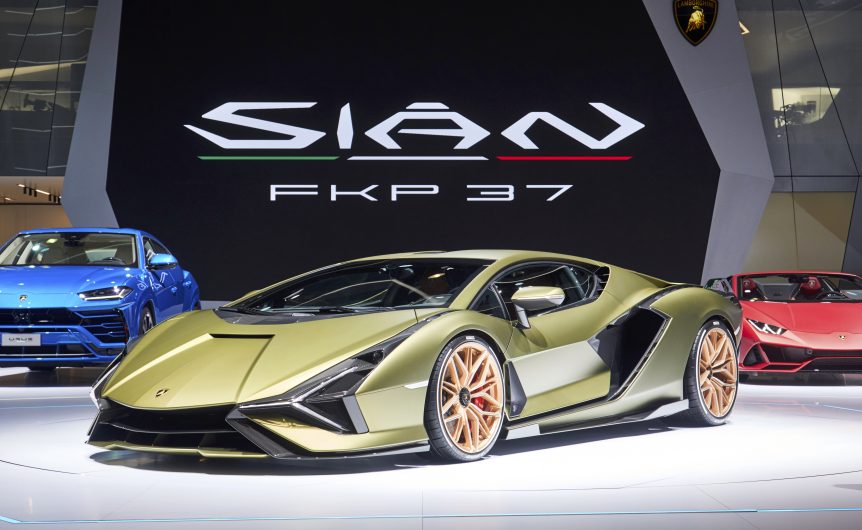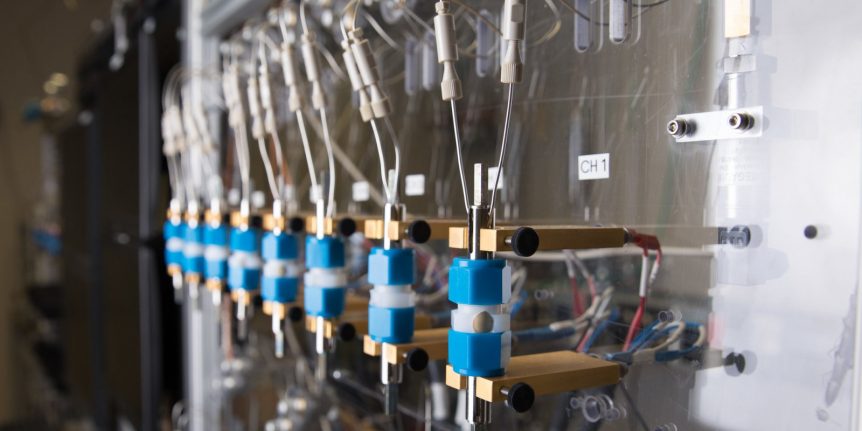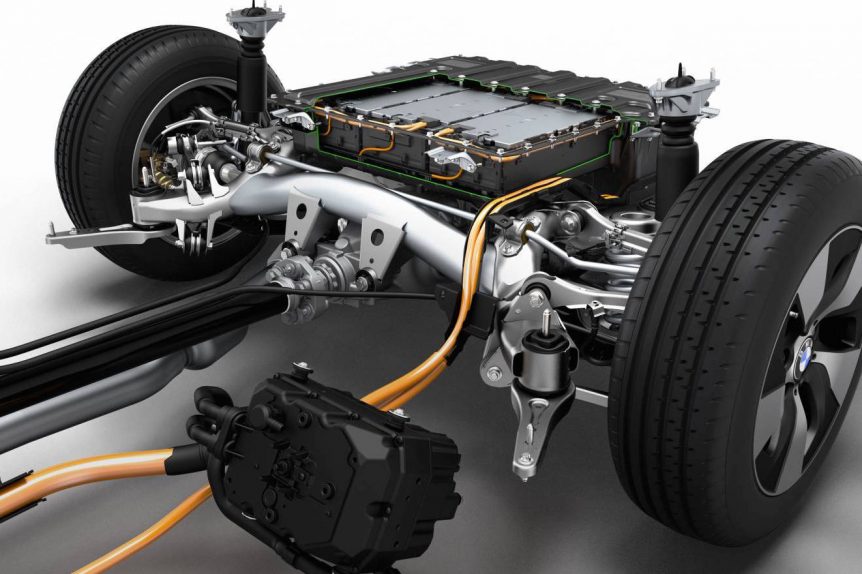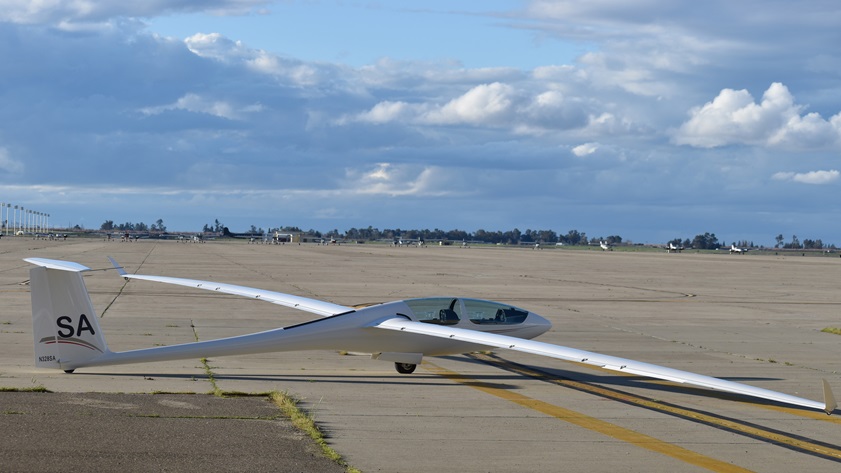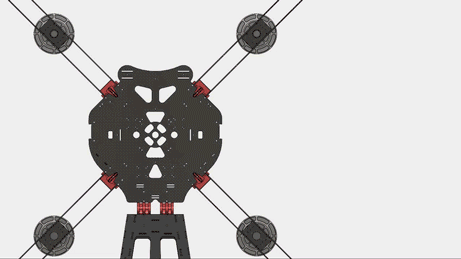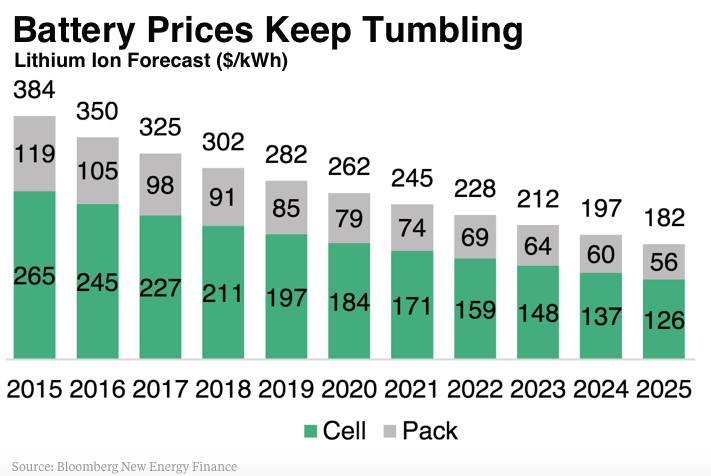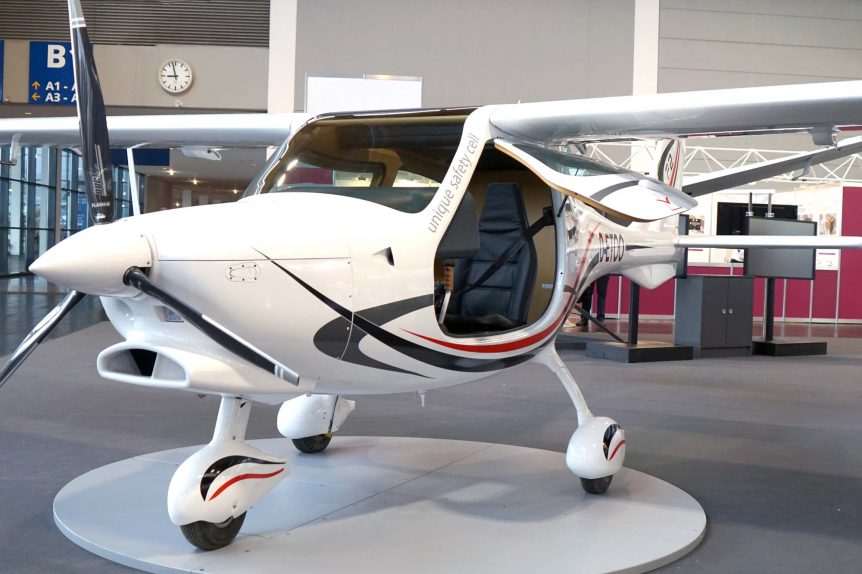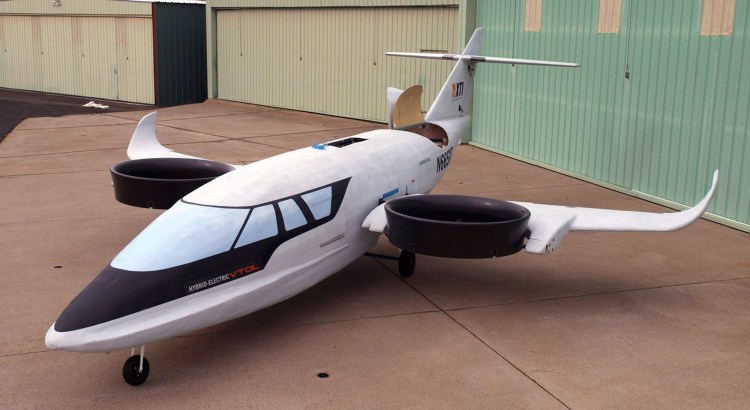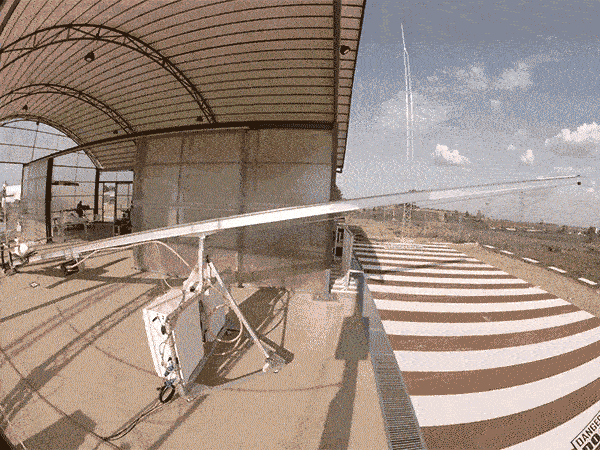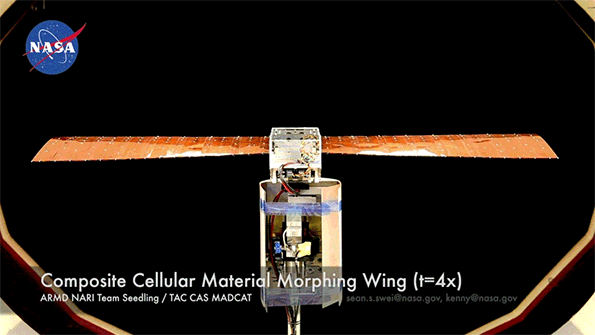Your editor has asked for years if batteries in electrically-powered aircraft could be augmented by supercapacitors, devices able to unleash significant amounts of power quickly. The usual answer is that the added weight of supercaps that could add power on demand would be about that of added batteries to equal the performance. We wrote about the use of super capacitors in KERS (Kinetic Energy Recovery Systems) used in Formula racers and even at LeMans. At around the same time, Mazda tucked supercaps under the front wheel well on some models to capture waste energy from braking. That energy could then power electric systems in the car and even recharge the main battery. In an explanation and comparison of lithium batteries and supercaps, Matt Ferrell gives a reasonable overview of the two and how they will probably evolve in the future. As he notes, Tesla recently purchased Maxwell technologies, possibly to fill what Maxwell describes as the “energy gap for fast-response, …
SAS 2019: IBM Battery Research with Dr. Jangwoo Kim
Dr. Jangwoo Kim has a resume’ that puts a great many qualifications together that spell “battery designer.” He has a B.S. degree in chemical engineering from Yonsei University, one of three “Sky Universities” regarded as South Korea’s most prestigious. At Cornell University, he received M. S. and Ph.D degrees in chemical engineering, and then worked for LG Chem on lithium-ion battery pack design. After that, he returned to Cornell to work on his Ph.D, investigating “next-generation rechargeable battery technology, including Li-Air and Li-Sulfur, specialized in inorganic nanomaterial synthesis and polymer processing via an electrospraying method.” He joined IBM Research, Almaden Research Center in 2016 and participated in the Battery 500 project, aiming to build a battery pack with a specific energy of 500 watt-hours per kilogram. We see the project leader, Dr. Winfred Wilcke, in a short video about that project. Battery 500 intended to reduce or eliminate heavy metals such as cobalt from the cells. Cobalt is not rare, but …
Solid Power Batteries – Headed for Production?
So often, promising developments in batteries, solar cells, and electric vehicles seem stuck in the “five years from now” limbo. Perhaps there may be hope that a current, real-time development is before us. MSNBC reports Solid Power has a pilot production line for its solid-state batteries up and running – as of three days ago. Forgive the sound track, which can be turned down or off. The information is worthwhile, however. Solid Power, a 2012 outgrowth of research performed at the University of Colorado Boulder, now holds down 21,000 square feet at the Colorado Tech Center. Their web site expresses some of the frustration many of who have been waiting through the last decade feel about the near-static trend in lithium battery development. “While current lithium-ion batteries continue to provide incremental improvements, the industry demands more advanced solutions capable of providing a true jump in performance thereby accelerating e-mobility.” Solid Power might have a solution to the slow growth of …
Tehachapi Soars with New ideas
Every year, Labor Day weekend brings sailplane enthusiasts to Jeff Byard’s hangar on Mountain Valley Airport above Tehachapi, California. It’s a friendly get-together that always has challenges and surprises for the participants. History on the Field This year, attendees were treated to an opening talk by Jeff Byard titled “Soaring, Something for Everybody.” It lived up to its name, with a review of sailplanes of all types, with many examples right in the presentation hangar. For history buffs, jeff’s hangar, and Doug Fronius’ a few doors away, offer a glimpse of every type of hand-made soaring machine, including Doug’s recreation of Waldo Waterman’s 1911 hang glider, something which has been flown over the California coast. Jeff’s collection includes a Slingsby SG-38 primary glider and T-21 side-by-side trainer (seen above in its native habitat, England). The T-21 fuselage rests on the floor to the right as one opens the hangar doors, and the wings in mid-restoration hang nearby. Jeff hopes to …
Open PPG Rev. 4
An Open Source Project Powered paragliders (ppg) have been a relatively inexpensive and fairly reliable method of getting off the ground for several decades. The OpenPPG organization enables one to be part of a group effort to improve a simple, light framework and power systems as part of a group effort. The group’s web site proclaims, “The OpenPPG project is the solution to easy, convenient, and affordable powered paragliding. With its simple user-friendly, maintenance free, and lightweight design it has never been safer and easier to experience the thrill of flight.” Here we see the first flight of the rev. 3 model. The body-cam is a bit distracting, but does give a view of the steps required to ready the machine for flight. A second video shows two paramotors in flight, demonstrating great control (on a probably very calm day), and almost vibration free images because of the craft’s small electric motors. How well will one of these things climb? A pilot starting at a 4,400 …
Total Operating Costs – Batteries Included
Gilles Rosenberger, co-founder of Faraday Aerospace with Michael Friend, former Technology Director for Boeing, commented on a recent entry on H55’s Energic two-seat trainer. He expanded on the idea of total operating costs for electric aircraft, including the battery replacement. He congratulated the H55 team and added a point about which your editor will attempt greater diligence. “But why keeping talking about operating cost and not total cost of ownership? No pilot, no student is going to pay only few dollars per hours based on the energy cost. Who do you believe is going to pay for other cost including the battery amortization?” Practicing the best public relations and salesmanship gambits, most aircraft sales operations don’t mention the eventual cost of battery replacement. Gilles, who can speak from experience because of his work on the Airbus E-Fan project, says, “Best industry standards seem to be today 1.000 € (or $1,125) per kWh for a 1,000 cycles non-certified battery pack.” What …
Bigger, Better, and Electric – Flight Design F2e
Electric Flight.eu reports on the new Flight Design F2e, a two-seater and first of an expanding range of aircraft that might even include hydrogen-powered craft. The smaller Flight Design CT has been flying for over 18 years, and over 2,000 have been sold, but typical of the small aircraft industry, Flight Design has been assimilated under a larger entity, Lift Air. Working with Siemens for the new craft’s motor and APUS* for assistance with design and certification, Flight Design has created a light sport aircraft that provides safety, comfort and good performance on either gasoline or electric power. While the gasoline-powered version will probably be held to LSA weights, the electric model will have a reported maximum weight of 1,100 kilograms (2,420 pounds). This comes from a probably substantial airframe that can be modified to carry four passengers, or batteries that will allow a promised two-to-three-hour endurance. (Even though this was reported in two sources, your editor has qualms about …
A 2/3-Scale XTI TriFan 600 Hovers Successfully
XTI’s TriFan 600 recently flew as a TriFan 665, for the 65-percent test concept vehicle. There are good reasons for a first flight on this reduced scale, including being able to use smaller motors and batteries, less material, and possibly simplified systems. On May 8, 2019, XTI Aircraft announced that they had successfully completed the first test flights of its 65% scale prototype of the TriFan 600 VTOL aircraft: The 2/3 concept machine, built on the local Experimental Aircraft Association’s turf, elicits some wonder because none of the chapter’s recent newsletters or Facebook posts mentioned that this project was underway. Having worked in a design/build architectural-engineering firm, your editor knows all too well what the phrase “confidential client” means. Chapter 512, knowing the TriFan was on the field, held that confidentiality well. Only XTI itself made any public pronouncements about the project. According to Transport UP, “During testing early this month, the 65% scale prototype of the TriFan 600 completed multiple takeoffs, hover, …
Zipline Drones Use Modularity, Simplicity to Deliver Healthcare
Fortune magazine headlined its article about Zipline drones with this teaser: “The Trick to Achieving Universal Health Care? Drones.” The article quotes Zipline International CEO Keller Rinaudo concerning the logistics of today’s health care systems, which “really only serve the ‘golden billion’ people on the planet.” Fortune adds, “Millions more die from lack of care.” Rinaudo spoke to Fortune’s Brainstorm Health Conference in San Diego, and explained how his Silicon Valley technology delivers 60-percent of Rwanda’s national blood supply – by drone. About half of the blood goes to mothers suffering from postpartum hemorrhaging. With excellent results in Rwanda, Zipline will set up four distribution centers in Ghana, starting on April 24. These centers will serve about 20 million people. Fortune explains, “For Rinaudo, drones are a way for a nation to access universal health care almost overnight. Call it a golden idea.” Time is Worth More than Money in the Medical World Evan Ackerman and Michael Koziol report in the IEEE …
Tiny Pieces Form Morphing Wing
MIT and NASA have constructed several aircraft wings using tiny, identical pieces bolted together in a highly flexible, deform-able structure. At that, the wing is light, strong, and capable of “morphing” in ways that enable slower landing speeds, faster rates of climb, and high maneuverability. A Lot like Fractals This type of assembly is much like fractals, repeated forms that assemble into larger forms that become enlarged examples of the smaller ones. These forms are part of the natural world, so the mimicry in the morphing wing can very mach be said to be an organic design. The tiny pieces comprise thousands of miniature triangles “matchstick-like struts,” according to David L. Chandler at the MIT News Office. The tiny subassemblies were bolted together by hand to form a lattice-like framework, and are then covered with a thin polymer film of the same material as the framework. Future plans call for robot assembly to speed up construction. As Chandler writes, “The …

